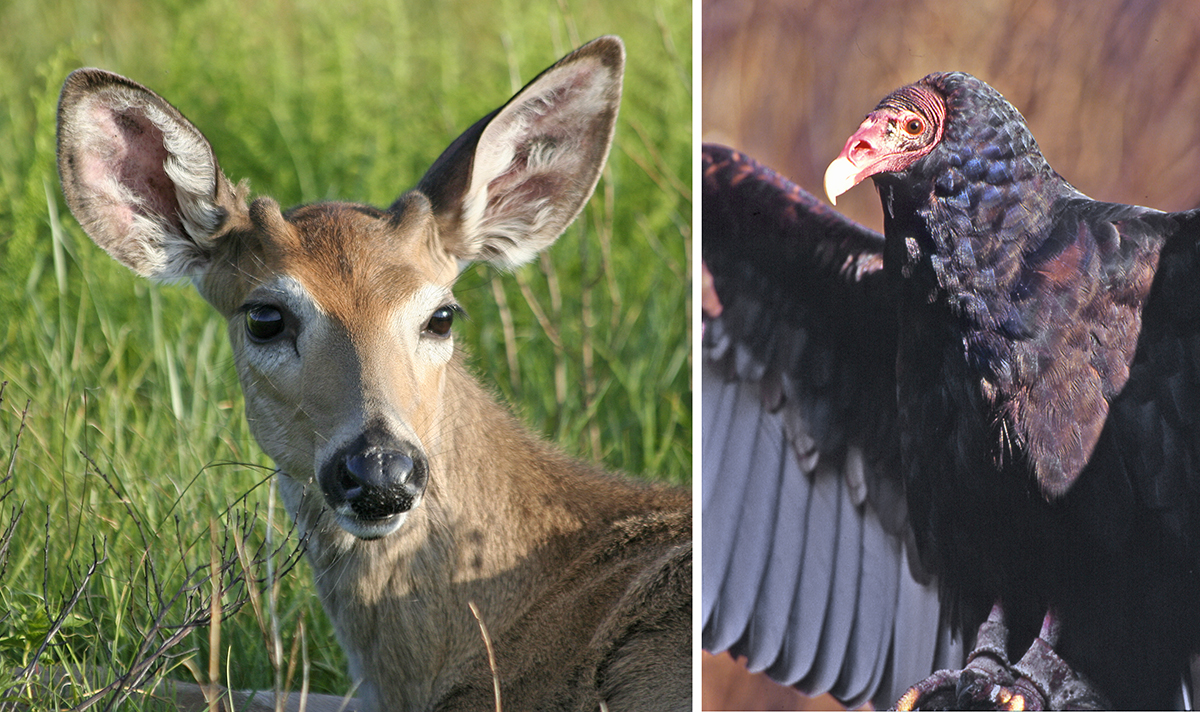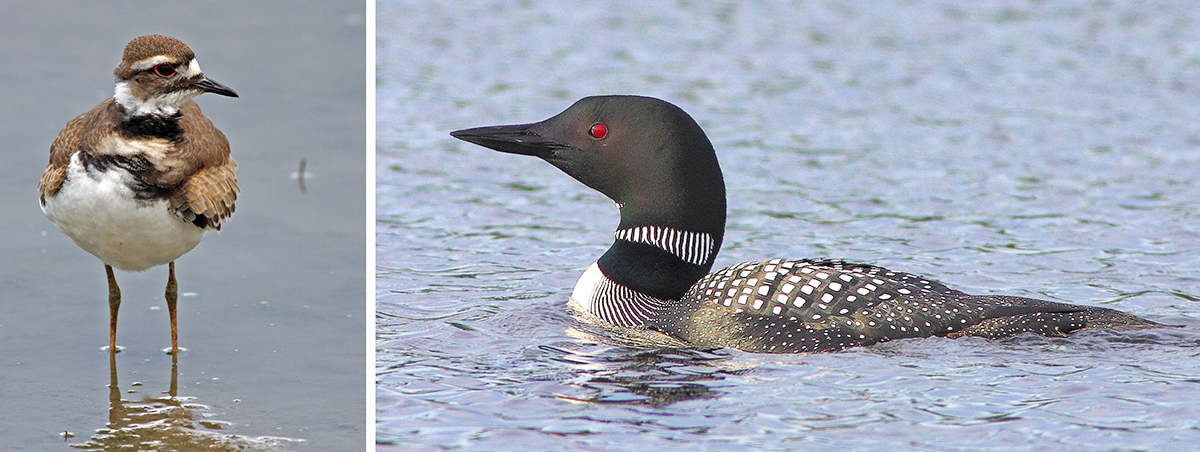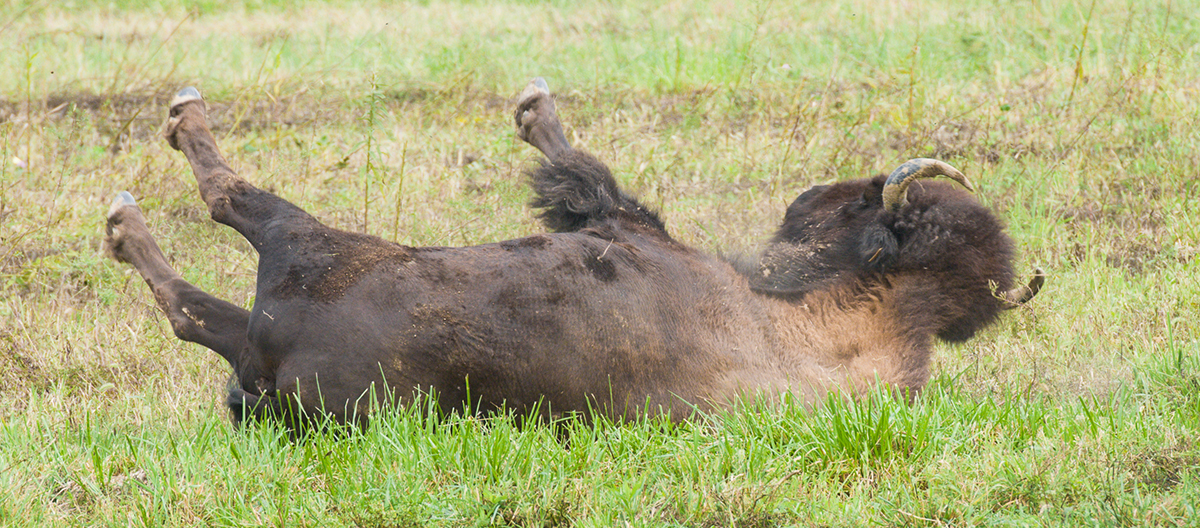SCOTT FELKER
Three Creeks Metro Park Naturalist
It’s hot out there! We know you’ll stay cool by finding a shady spot in your favorite Metro Park or lounging in air-conditioned comfort or enjoying a cold drink. But what do you do if you are one of the wild creatures that live in the parks?

Turkey vultures urinate down their legs! It’s called ‘urohydrosis’ and as the liquid evaporates, blood in the feet cools and circulates through the bird’s body to lower body temperature. Since most mammals (except for us) don’t sweat very much (often just through their feet) they pant to cool down. You might see deer, raccoons, foxes and others doing this on really hot days. Birds can’t sweat, either. Instead of panting, some do something known as “gular fluttering.” By vibrating muscles and bones in the throat, evaporative cooling increases. If you watch a great blue heron on a hot day, there’s a good chance you’ll see it doing this.
Many mammals have shorter and less dense fur in the summer that lets them shed body heat more efficiently. Some of us remember the days before most homes were air-conditioned and the basement was a place of cool refuge on hot days. They may not head to the basement, but snakes seek cool areas beneath logs and in holes. Box turtles burrow into the leaves and soil. Fish head to deeper water or shady spots where the water is cooler. In really hot weather, fish-eating birds like ospreys and bald eagles sometimes have a harder time catching a meal since fish aren’t near the surface.

Ducks, geese and other waterfowl swim or stand in water that is cooler than air on hot days. As blood circulates through their feet, it cools them down. A similar thing happens to mammals with big ears like deer and cottontail rabbits. Air blowing across their ears cools the blood before it re-enters the body. Deer and rabbits that live in hot places tend to have bigger ears than those that live in cold places. American bison will lie down in the dirt since it’s cool and they have little hair on their stomachs in summer.

Just like us when we’re outside, wild animals head for the shade when it’s hot or come out as it gets cooler in the evening. We don’t recommend that you do some of the things that wild animals do when they get hot, but now you know there are some alternatives to air-conditioning!

So many things I did not know. Thank you for sharing